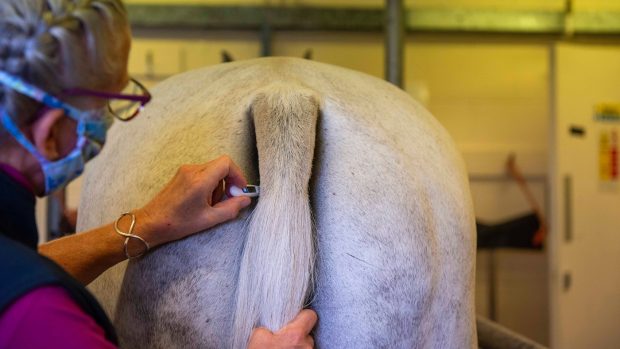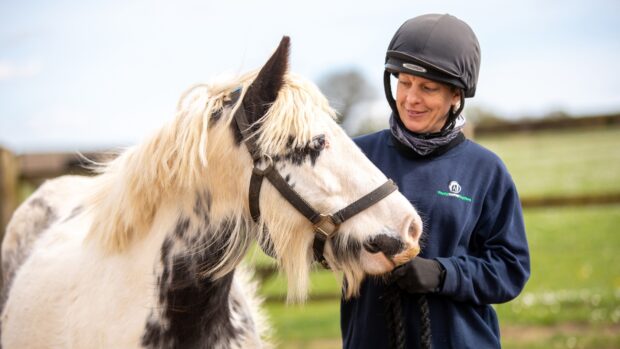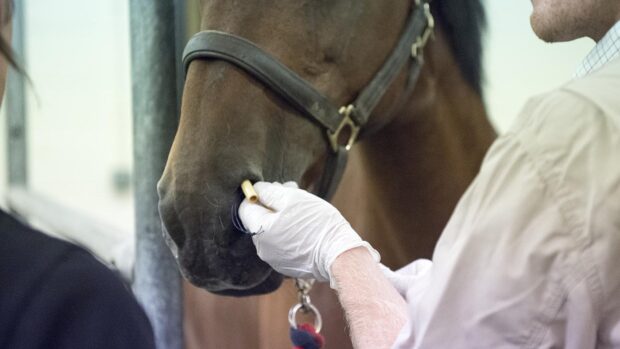Owners should not rely on horses looking better after a strangles outbreak to confirm they are free of infection, a study has found.
The Horse Trust-funded research by the Royal Veterinary College found that laboratory tests, rather than relying on absence of clinical signs in a recovering horse, would help prevent the disease from spreading.
Researchers investigated how strangles spreads in the UK. They analysed more than 500 samples and looked at the genetic code of samples and epidemiological data (information about outbreaks), which meant they were able to trace how stains of strangles are related and have evolved.
Using computer programs, they also tracked how genetically related strains spread between horses and across regions over time, and were able to pinpoint likely transmission events and chains of infection.
A key finding is that most infections were transmitted by horses showing clinical signs of the disease, or those recently convalescing. The study said this “underscores” the critical need for greater awareness and adoption of post-outbreak screening to confirm freedom from infection, rather than solely the resolution of clinical signs.
Lead author Abigail McGlennon said the work highlights just how easily strangles can spread across the UK in a short time.
“This study shows how important enhanced surveillance utilising epidemiological and genomic data is to investigate and understand strangles transmission across the UK,” she said. “Our data highlights the importance of greater awareness and adoption of post-outbreak screening protocols to confirm freedom from infection, rather than owners assuming recovery based on the resolution of clinical signs.”
Co-author Nic de Brauwere of Redwings Horse Sanctuary added: “This research, and the publication of this paper, have advanced our knowledge around strangles transmission significantly.
“It is so rewarding when high level research is able to have real-world relevance, and bring immediate potential benefits to equine health.
“Owners, yards and vets can improve how they focus their screening efforts on the highest-risk situations based on sound evidence, making the best use of limited resources, while having a direct impact on the spread of infection to new susceptible equines.”
- To stay up to date with all the breaking news from major shows throughout 2025, subscribe to the Horse & Hound website
You may also be interested in:

‘We’re delighted to bring loyal readers this benefit’: H&H magazine subscribers get free website access

Dealing with strangles – the human impact of managing an equine outbreak

Taking horses’ temperatures can – and has – saved lives




